#belcher's gull
Text

[729/10,977] Belcher's Gull - Larus belcheri
Order: Charadriiformes
Suborder: Lari
Family: Laridae (gulls, terns and skimmers)
Photo credit: Pio Marshall via Macaulay Library
30 notes
·
View notes
Text
Round 1, Side A: Match 4

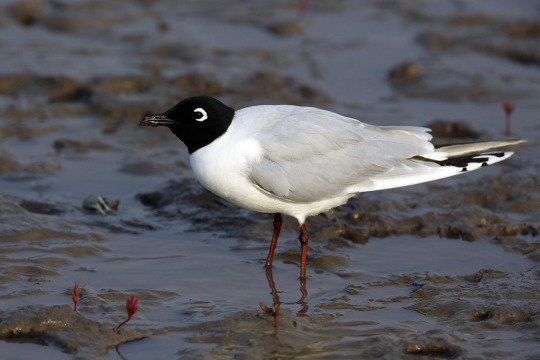
[Image ID: Two pictures of gulls. The left is a Belcher's gull standing on a rock by the water. The right is a Saunders's gull standing in mud and water. /End ID]
The Belcher's gull (Larus belcheri) is found along the Pacific coast of South America. They typically measure 49 cm (19 in) in length. They have white underparts and head, greyish-black back and wings, yellow legs and feet, and yellow bill with a red and black tip. Their white tail has a distinctive broad black band. Outside of the breeding season, their head is dark with white eye crescents. They feed on fish, crabs, molluscs, and carrion, and seasonally on the eggs and nestlins of seabirds. They have been observed pestering Guanay cormorants until they regurgitate their prey, which the gulls then consume.
The Saunders's gull (Chroicocephalus saundersi) is found in eastern Asia. They are the second smallest gull after the little gull, typically measuring 29-32 cm (11-13 in) in length and 87-91 cm (33-36 in) in wingspan. They have a black hood, white eye crescents, white body, pale grey wings, narrow black tail band, reddish-orange legs, and short black bill. The underside of their wings have black patches at the tips with white leading edges. They feed on mudskippers, crabs, fish, and worms, and steal food from other species of birds. Due to their declining population and dependence on saltmarshes dominated by seepweed, which are being drained for aquaculture, they are listed as vulnerable by the IUCN.
Belcher's gull image by Alastair Rae
Saunders's gull image by lonelyshrimp
7 notes
·
View notes
Text
i hate bird identification bc it's like.




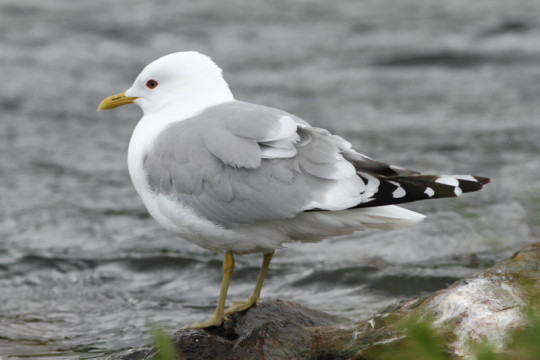
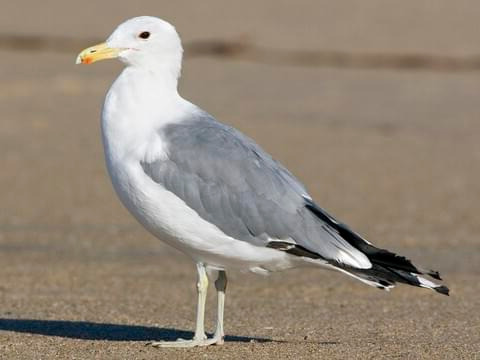
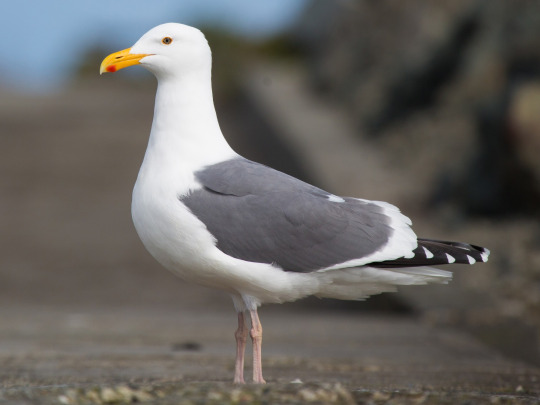

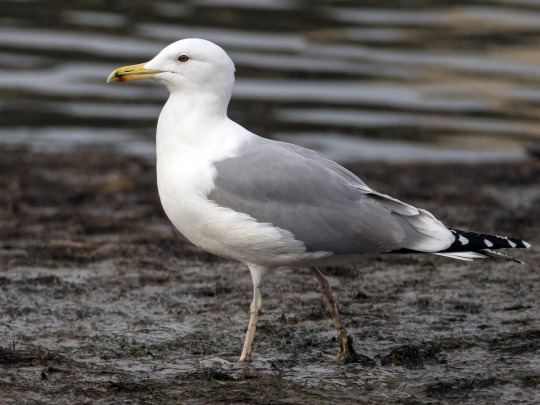

every single one of these are all different bird species and if you cant tell them apart YOU ARE STUPID .... now sit down and wait to get a rare bird alert for a seagull that's identical to every one you've seen before. and Your ass is going to have to buy a plane ticket if you think you're going to see a european herring gull in your pathetic lifetime. *spits on you*

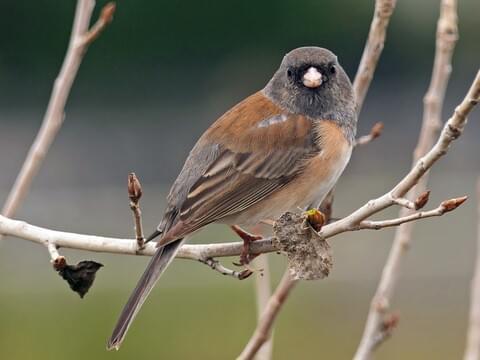

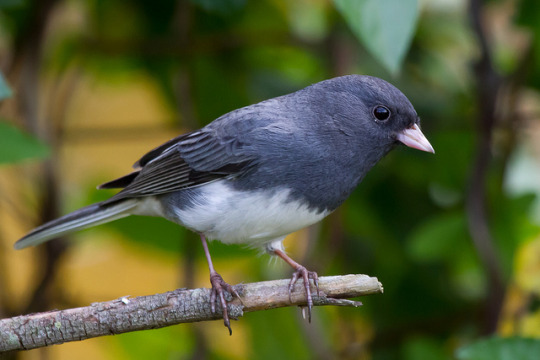
These are all the same one though.
#minmoment#GULLS IN ORDER: 1. belcher's gull 2. olgrog's gull 3. black tailed gull 4. common gull 5. short billed gull 6. california gull 7. western#gull 8. european herring gull 9. caspian gull 10. vega gull.
110 notes
·
View notes
Photo
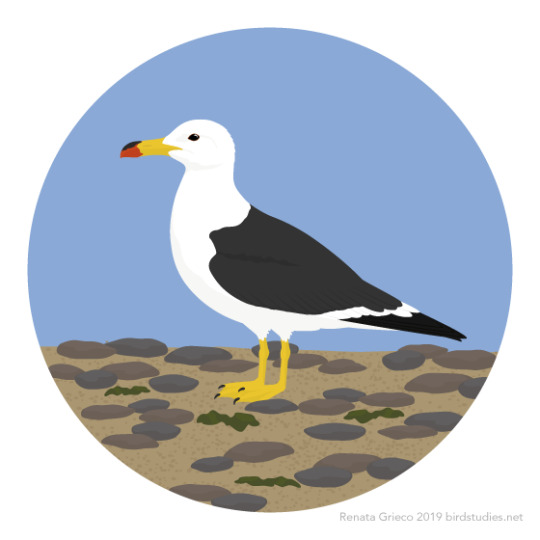
September 21, 2019 - Belcher's Gull (Larus belcheri)
Previously classified with the Olrog’s Gull as a single species, known as the Band-tailed Gull, these birds are found along the coasts of Peru and Chile. They feed primarily on aquatic animals, including fish, crabs, and shellfish, as well as carrion and the eggs of other seabirds. Breeding in colonies, their nests are depressions in the ground lined with moss, grasses, leaves, and other plant materials. Both parents incubate the eggs and feed the chicks.
59 notes
·
View notes
Text
Why Are Seagulls Protected Birds? (What You Need to Know)
Why Are Seagulls Protected
Seagulls are ordinary in the United States, yet they have authentic protections since they are momentary birds.
Why Are Seagulls Protected? Seagulls are protected birds under the Migratory Bird Treaty Act of 1918. It's unlawful to hurt, kill, get, trade, sell, or transport them, even their nests or eggs in the United States, Canada, Mexico, Japan, or Russia. The inspiration driving this act is to safeguard birds from annihilation.
Section by part list
Seagulls Are Protected By The Migratory Bird Treaty Act
Inspiration driving the Migratory Bird Treaty Act
Birds Protected By The Migratory Bird Treaty Act
Disciplines for Violation of the Migratory Bird Treaty Act
Unique cases Allowed for Population Control Reasons
Are Seagulls Endangered?
The IUCN Red List
What Conservation Efforts Are Taken for Seagulls?
Sources
List of chapters
Seagulls Are Protected By The Migratory Bird Treaty Act
Reason for the Migratory Bird Treaty Act
Birds Protected By The Migratory Bird Treaty Act
Punishments for Violation of the Migratory Bird Treaty Act
Special cases Allowed for Population Control Reasons
Are Seagulls Endangered?
The IUCN Red List
What Conservation Efforts Are Taken for Seagulls?
Sources
Seagulls Are Protected By The Migratory Bird Treaty Act
The Migratory Bird Treaty Act of 1918 is a worldwide arrangement between the United States, Canada, Mexico, Japan, and Russia.
It communicates that any stinging, getting, trading, selling, or transportation protected species is unlawful with the exception of whenever endorsed by the U.S. Fish and Wildlife Service.
The show was first passed between the United States and Canada, and thereafter it later loosened up to join Mexico, Japan, and Russia.
Are Seagulls Protected birds since they're nearby and temporary as demonstrated by the determinations of this settlement.
Motivation behind the Migratory Bird Treaty Act
The Migratory Bird Treaty Act means to arrange conservation attempts between countries for birds whose arrive at navigates various countries.
Together, sharing countries have saved enormous number of birds by guaranteeing their positive spots, wintering reaches, and everything in the center.
Getting a charge out of learning about Why Are Seagulls Protected? May you additionally prefer to learn about Difference Between Male and Female Robins?
Birds Protected By The Migratory Bird Treaty Act
Seagull Nests Protected species consolidate any transient birds neighborhood to the United States.
These fuse birds like the Akikiki, Apapane, Bushtit, Albatross (Black-browed, Black-footed, and others), Becard (Gray-collared and Rose-throated), Mallard, and Redhead.
Coming up next is a once-over of other Are All Gulls Protected birds:
Blackbird (Brewer's, Red-winged, and others)
Bluebird (Eastern, Mountain, and Western)
Booby (Blue-footed, Abbott's, and others)
Hitting (Blue, Gray, Indigo, and others)
Catbird (Black and Gray)
Cormorant (Brandt's, Double-topped, and others)
Crake (Corn, Paint-charged, and others)
Crow (American, Fish, Hawaiian, and others)
Dove (Common Ground, Inca, Mourning, and others)
Duck (American Black, Eastern Spot-charged, and others)
Peddle (Golden, Bald, White-followed)
Peddle (Peregrine, Prairie, and others)
Finch (House, Purple, and others)
Flycatcher (Dusky, Gray, and others)
Gnatcatcher (Black-covered, Blue-Gray, California, Black-followed)
Goldfinch (American, Lawrence's, Lesser)
Goose (Canada, Cackling, and others)
Gull (Belcher's, Gray-hooded, and others)
Sell (Broad-winged, Harris', and others)
Heron (Gray, Great Blue, and others)
Hummingbird (Bumblebee, Ruby-throated, and others)
Jay (Blue, Brown, Green, and others)
Kingfisher (Guam, Belted, and others)
Maniac (Arctic, Red-throated, and others)
Mockingbird (Bahama, Blue, and Northern)
Nightjar (Buff-collared, Gray, and others)
Nuthatch (Brown-headed, Pygmy, and others)
Oriole (Altamira, Audubon's, Baltimore, and others)
Owl (Barn, Barred, Boreal, and others)
Palila
Pigeon (Band-followed, Plain, and others)
Poorwill
Quail-Dove (Bridled, Key West, and Ruddy)
Raven (Chihuahuan and Common)
Robin (American, European, Rufous-upheld, and others)
Sandpiper (Baird's, Broad-charged, and others)
Scream Owl (Eastern, Puerto Rican, and others)
Seedeater
Sora
Stork
Swallow (Mangrove, Tree, and others)
Tanager (Flame-concealed, Scarlet, and others)
Titmouse (Black-crested, Bridled, and others)
Verdin
Vulture (Black and Turkey)
Warbler (Adelaide's, Bachman's, Bay-breasted)
Whip-poor-will (Eastern and Mexican)
Willet
Woodpecker (Red-headed, Red-bellied, and others)
Yellowthroat (Common and Gray-assigned)
Note that this once-over bars all protected species. For the full once-over, see Title 50 Part 10.13 of the Code of Federal Regulations.
Punishments for Violation of the Migratory Bird Treaty Act
Breaking the Migratory Bird Treaty Act is an administration offense that can achieve fines up to $15,000 and confinement up to a half year.
It is in like manner a wrongdoing to take a protected bird to sell it, with an additional a generally outrageous fine of $2,000 and up to one year of prison time.
Exemptions Allowed for Population Control Reasons
Right when birds compromise the prosperity and flourishing of human peoples, the U.S. government offers an exclusion for the Migratory Bird Treaty Act to allow for people control.
For example, the U.S. government has allowed seagulls to be killed at Puget Sound boat terminals on account of complaints of powerful birds and bird-dropping-related infections.
Sometimes, the focal government allows hunting of protected species to the extent that the general population is huge and sound with the eventual result of managing the decrease in numbers.
Inadvertent taking or killing protected species is similarly allowed now and again, though not without question from conservation affiliations.
Are Seagulls Endangered?
A couple of sorts of gulls are endangered, similar to the Black-charged Gull.
The Olrog's Gull and Lava Gull are considered unprotected. The Adouin's Gull and Ivory Gull are close undermined by the IUCN Red List of Threatened Species.
Other endangered birds recorded by the IUCN are:
Relict Gull: Vulnerable
Chinese Black-headed Gull: Vulnerable
Heermann's Gull: Near Threatened
White-looked toward Gull: Near Threatened
The IUCN Red List
The IUCN Red List was made by the International Union for Conservation of Nature in 1964 to follow the overall security status of animals, plants, and parasites.
The get-together gives out a conservation status to each specie considering its risk of disposal. Coming up next are the classes of conservation status:
Not Evaluated: species that isn't one of the 134,425 studied species
Data Deficient: species without good documentation of people prosperity
Least Concern: species that have been evaluated and don't get into a few different groupings
Near Threatened: species that are likely going to become compromised as soon as possible
Feeble: species at high risk of obliteration in nature
Endangered: species at exceptionally high risk of destruction in nature
Critically Endangered: species at incredibly high risk of destruction in nature
Ended in the Wild: species simply exist in subjugation
Ended: no living people from the species
What Conservation Efforts Are Taken for Seagulls?
Protection tries taken for seagulls fuse getting their good places and avoiding metropolitan headway near their settling grounds.
Since seagulls home and breed in shoreline areas, they have become dynamically sensitive.
Seagulls have similarly seen people climb on account of business fishing exercises.
Discards from fishing boats are an unprecedented food focal point for gulls, in spite of the way that, as of not long ago, they have not been intentionally used as a strategy for observing seagull peoples.
Moreover, gulls genuinely well when we recall biodegradable waste for landfills.
In any case, the unfriendly outcomes of recalling biodegradable resources for landfills have up until this point offset any protection benefits.
When in doubt, seagulls will undoubtedly be considered an interference of amicability than a creature bunches that needs protection.
Thusly, there are relatively few constant protection attempts highlighted guaranteeing these species.
Regardless, these species are a critical piece of our natural frameworks.
Sources
Research West: U.S. Government Allows Killing of Protected Seagulls
U.S. Fish and Wildlife Service: Migratory Bird Treaty Act
IUCN Red List of Threatened Species
Kees sharing Why Are Seagulls Protected? with your loved ones
1 note
·
View note
Text
20 Questions
Tagged by (a cutie!) @neverfindloveinanopenhand to answer the below 20 questions:
1. Name: Melissa
2. Nicknames: Mel, Melvin, Talon
3. Height: no idea but i feel like im hella tall, maybe 5′9″?
4. Sexuality: bi
5. Nationality: Canadian
6. Favorite fruit: snow pears
7. Favorite season: summer (and spring... and fall... you know what? just not winter)
8. Favorite Flower: lilacs
9. Favorite scent: also lilacs! (and clean laundry, mmm)
10. Favorite color: green & purple
11. Favorite animal: birds (especially common n. american birds like sea gulls, crows, mallard ducks, sparrows, pigeons... that shit is tiiiiight!!)
12. Coffee, tea or hot chocolate? coffee
13. Average sleep hours: h’oh boy. 6 maybe??
14. Dog or Cat person? both!
15. Favorite Fictional Character: Linda Belcher
16. Number of blankets I sleep with: just one lavender colour duvet, usually c:
17. Dream Trip: I’ve always wanted to see the Angkor Wat temple complex in Cambodia
18. Blog Creation: idk, but i had a sick url (iamsogayforyou). my current blog title is based off a couple of my favourite birds; corvus for crows and laridae for sea gulls
19. Number of followers: 43 right now, but im gonna be real with you, most of them are porn bots (hi porn bots!)
20. Random Fact: I wanted to be an autopsy technician when I was younger, before I began studying psychology
I’mma tag @wiredparts, @earth-to, @fluid-sexuality, @i-8-your-8-bits if any of y’all would like to partake aaaand whoever else would like to share ;)
0 notes
Text
Best Gull Poll: Round 1, Side A
The gull games have begun! Find the individual poll posts for this batch of matchups linked below. They will run for 24 hours, until May 5, 2023 at 00:00 UTC.
Match 1: kelp gull vs Andean gull
Match 2: lava gull vs black-tailed gull
Match 3: Pacific gull vs Franklin's gull
Match 4: Belcher's gull vs Saunders's gull
Match 5: western gull vs great black-backed gull
Match 6: Armenian gull vs black-headed gull
Match 7: glaucous gull vs yellow-legged gull
Match 8: Audouin's gull vs Sabine's gull
Match 9: Olrog's gull vs slender-billed gull
Match 10: Mediterranean gull vs lesser black-backed gull
Match 11: Iceland gull vs brown-headed gull
13 notes
·
View notes